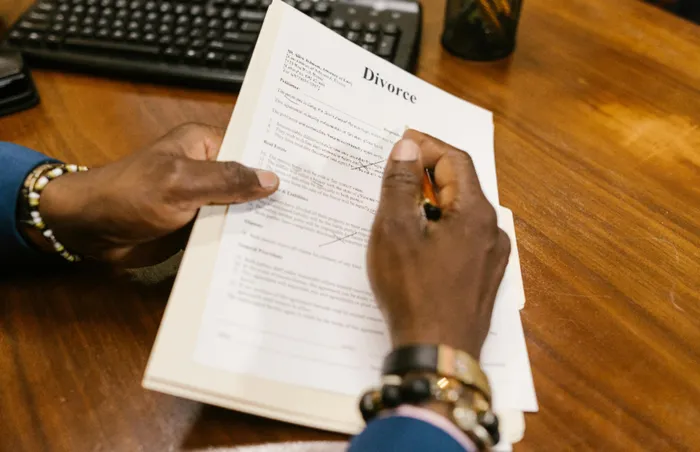Divorce and pension interest: essential tips for navigating your rights

Discover essential guidelines for understanding pension interest in divorce proceedings. Learn how to navigate your rights and make informed decisions regarding retirement benefits with expert insights.
Image: Pexels.com/RDNE Stock project
The term ‘pension interest’ arises in divorce proceedings and refers to a notional amount representing the retirement benefit the member spouse would receive from their retirement fund at the date of divorce. Calculating pension interest enables divorcing spouses to share in each other’s retirement benefits immediately after divorce rather than waiting until formal retirement.
The pension interest calculation takes place at the divorce date, provided the member's spouse is still an active member of the retirement fund at that time. For pension and provident funds, if the member spouse resigns or retires before the divorce date, no pension interest exists, and the benefit accrues solely to the member spouse, thereafter treated as an ordinary asset within the estate.
It is crucial to understand that a divorcing spouse's right to claim pension interest depends significantly on the marital property regime:
- In community of property: Spouses share a single joint estate, and upon divorce, each spouse is entitled to claim 50% of the other's pension interest.
- Out of community excluding accrual (after 1 November 1984): Each spouse retains their own estate, and there is no automatic claim for pension interest. However, spouses may mutually agree to share pension interest.
- Out of community excluding accrual (before 1 November 1984): Each spouse maintains their separate estate with no automatic asset sharing, except where a court orders redistribution under Section 7(3) of the Divorce Act.
- Out of community, including accrual: Pension interest is considered when calculating accrual and shared accordingly.
Pension interest calculations differ according to the type of retirement fund:
- Pension, provident, and preservation funds: Pension interest is the amount the member would have received based on resignation from the fund on the divorce date, as stipulated by the fund’s rules.
- Retirement annuities: Pension interest comprises the total contributions made by the member up to the divorce date, plus simple annual interest calculated at the prescribed rate.
Accurate wording of the divorce order is essential to successfully claim pension interest. Ambiguities can cause fund administrators to reject the settlement agreement, leading to costly high-court amendments. Thus, your divorce order must include:
- Explicit reference to ‘pension interest’ as defined in the Divorce Act;
- Clear identification of the specific fund involved;
- Details outlining exactly how much pension interest is owed to the non-member spouse, including the calculation method;
- Instructions for the fund to deduct and pay the non-member spouse and to endorse its records accordingly.
Once the retirement fund confirms the validity of the divorce order, it must contact the non-member spouse to determine their payment preferences. Available options are either to receive the entire benefit in cash or transfer the benefit into another retirement fund. It is essential to note that the non-member spouse cannot partially withdraw cash when transferring the balance; the choice must be either a full cash withdrawal or a full transfer.
Given the potential tax implications of withdrawal, seeking guidance from an experienced financial advisor is strongly recommended to ensure informed decision-making.
* Tapfuma is a Certified Financial Planner professional at Crue Invest.
PERSONAL FINANCE